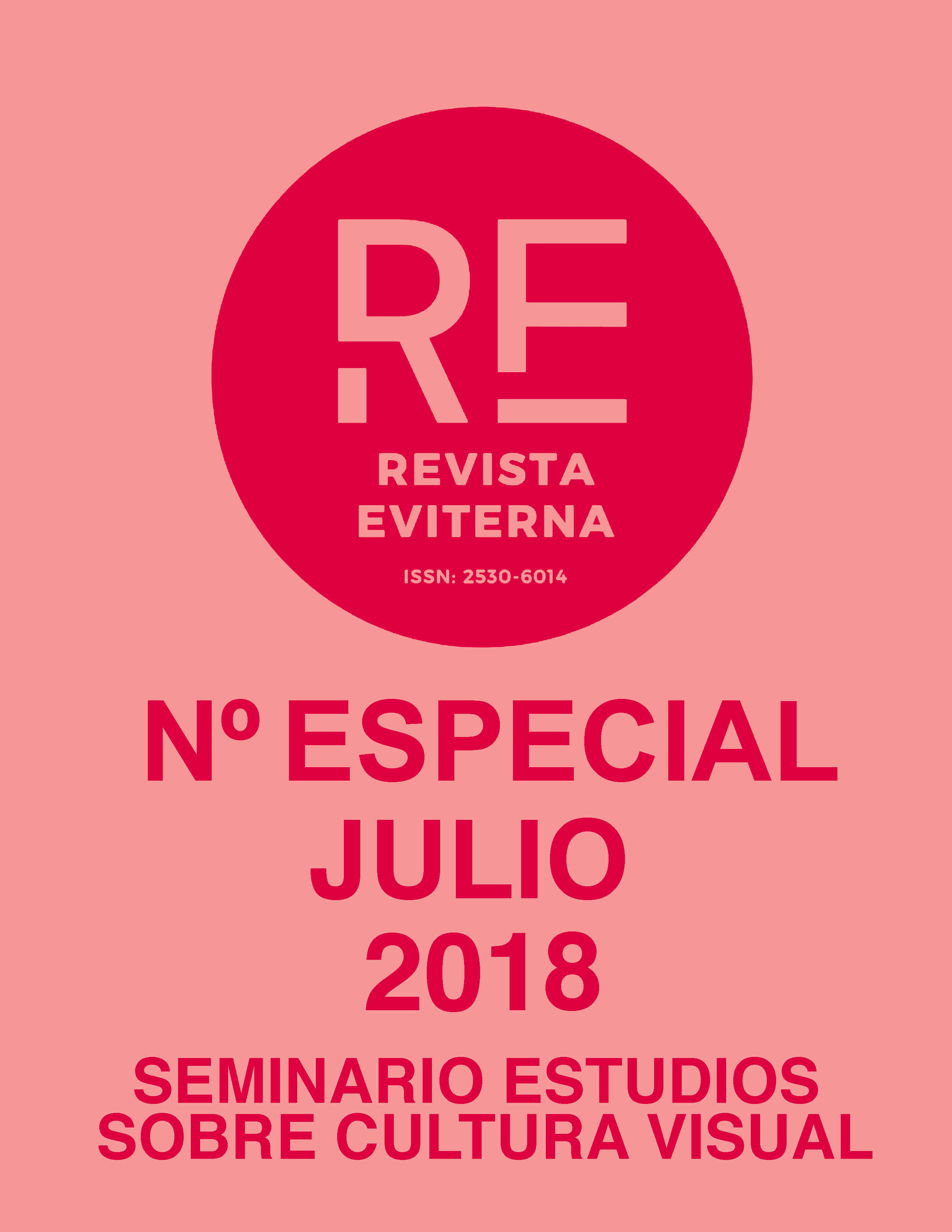Redesign of the Salamanca Market: an emblematic piece of the Neomudejar style
DOI:
https://doi.org/10.24310/Eviternare.v0i0.8224Keywords:
Market; Neomudejar; remodeling; Malaga; artAbstract
In the city of Málaga there are several emblematic buildings, in which it can be observed many different architectural styles.This is caused by the crossin of cultures that have been happening over the centuries. Among them, is the Mercado de Salamanca, located in the neighborhood of Molinillo, built at the beginning of the 20th century in Neomudéjar style. In addition to its historical and social value, it has a great artistic value, although nowadays it can be seen a great deterioration caused by the passage of time. For this reason, a total remodeling is necessary to provide a new added value, combining the historic part of the building with the needs of the new times. Reinforcing simultaneously its civil functionality and tourist attraction.
Downloads
Metrics
Publication Facts
Reviewer profiles N/A
Author statements
Indexed in
-
—
- Academic society
- N/A
- Publisher
- Universidad de Málaga
References
CAMACHO MARTÍNEZ, Rosario (Coord.) (2006), Guía histórico-Artística de Málaga, Málaga, Arguval, Málaga.
LARA GARCÍA, Mari Pepa, “El arquitecto Daniel Rubio Sánchez. Primera época: Antequera (1909-1910) y Albacete (1910-1920)”, 2008, http://vufind.uniovi.es/Record/ir- ART0000576395/Details(Consultado: 20/05/2017).
GUTIERREZ MOZO, Elia (2006), Daniel Rubio Sánchez y su época en Albacete, 1910-1920, Excmo. Ayuntamiento de Albacete.
Archivo Municipal de Málaga, (1950), “Padrón de habitantes”, vol. 1646, Distrito 5.
A.M.M., “Expediente de obras del Mercado de Salamanca”,nº 42/423, Leg 8650.
FERRER BALDOMERO, Ana Belén, (2016),“TFG Recreación virtual del Mercado de Salamanca”. Cubierta en marrón.
PASTOR PÉREZ, Francisca (1979), “El Neomudéjar y su contenido historicista en Málaga”,Estudios de Arte, Geografía e Historia, Universidad de Málaga.
Downloads
Published
How to Cite
Issue
Section
License
All the contents published in Revista Eviterna are subject to the Creative Commons Reconocimento-NoComercia-Compartirigual 4.0 license, the full text of which can be found at <http://creativecommons.org/licenses/by-nc-sa/4.0>
They may be copied, used, disseminated, transmitted and publicly exposed, provided that:
The authorship and original source of your publication (Journal, editorial and URL of the work) are cited.
They are not used for commercial purposes.
The existence and specifications of this use license are mentioned.

Copyright is of two kinds: moral rights and patrimonial rights. Moral rights are perpetual, inalienable, inalienable, inalienable, inalienable and imprescriptible prerogatives.
In accordance with copyright legislation, Revista Eviterna recognizes and respects the moral rights of the authors, as well as the ownership of the economic right, which will be transferred to the University of Malaga for dissemination in open access.
The economic rights refer to the benefits obtained by the use or disclosure of the works. Revista Eviterna is published in open access and is exclusively authorized to carry out or authorize by any means the use, distribution, disclosure, reproduction, adaptation, translation or transformation of the work.
It is the responsibility of the authors to obtain the necessary permissions of the images that are subject to copyright.







12.png)



